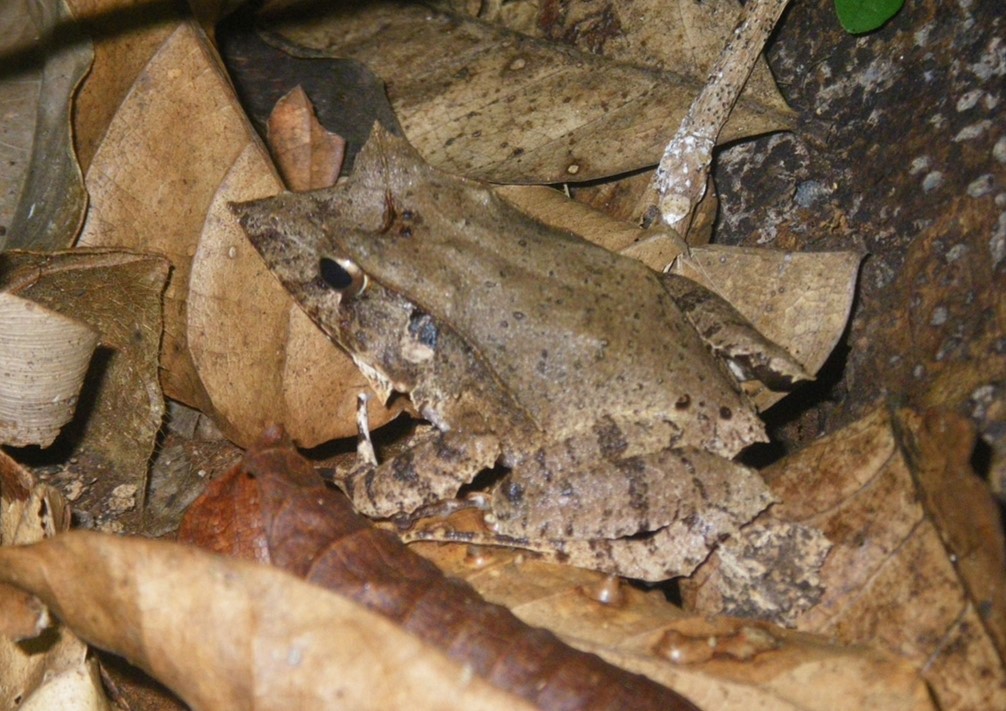Amphibians of the Pacific: natural history and conservation.
Abstract/Summary
Endemic anurans occur, with only three exceptions, on the periphery of the Pacific Basin, and only one island group, the Solomon Islands, is a "stepping stone" archipelago that, although lacking past land connections, was nearly connected to a continent or continental islands. This fauna is dominated by species within the family Ceratobatrachidae, all of which have direct development in their eggs, and lack a free living larval stage, an important life-history characteristic when living on variable island habitats where water might be greatly limited. This chapter examines the diversity of native frogs and the current environmental conditions that continue to support the persistence of frog populations and those conditions that push frog populations to local extirpation and eventually to extinction. The non-native (alien) frogs, cane toad, and the diverse anuran fauna of Guam, allow an examination of the physical and biotic environment that permits successful establishment of frogs, and the physiological and behavioural characteristics of successful, invasive species of frogs.
Publication details
| Published Date: | 2018 |
| Outlet/Publisher: | in: Status of Conservation and Decline of Amphibians: Australia, New Zealand and Pacific Islands. Clayton, Vic. CSIRO Publishing. |
| Media Format: |
ARMI Organizational Units:
Southwest, Southern California - BiologyTopics:
Species and their EcologyPlace Names:
GuamHawai'i
Keywords:
biocontrolconservation
distribution
ecology
extinction
invasives
life history

